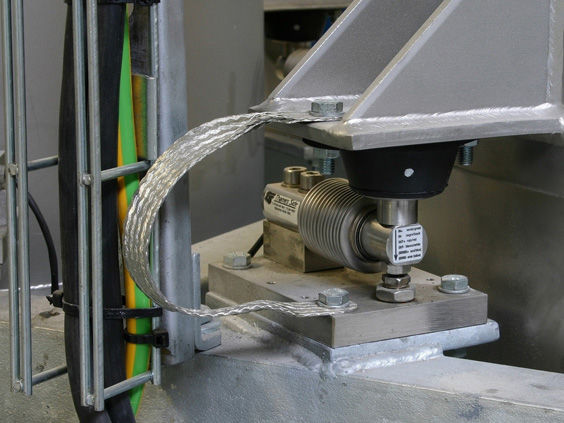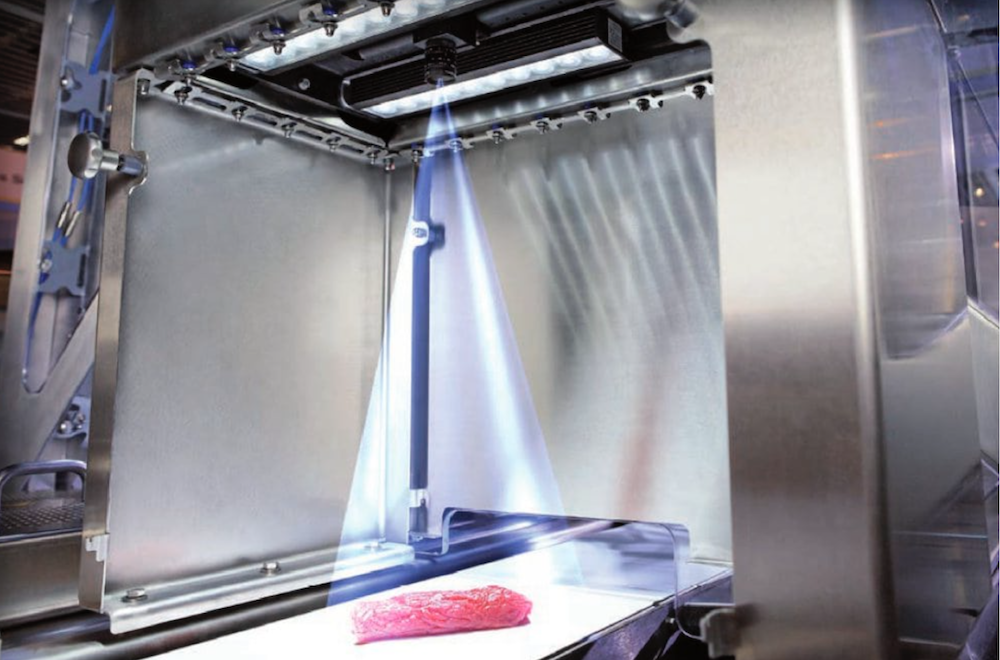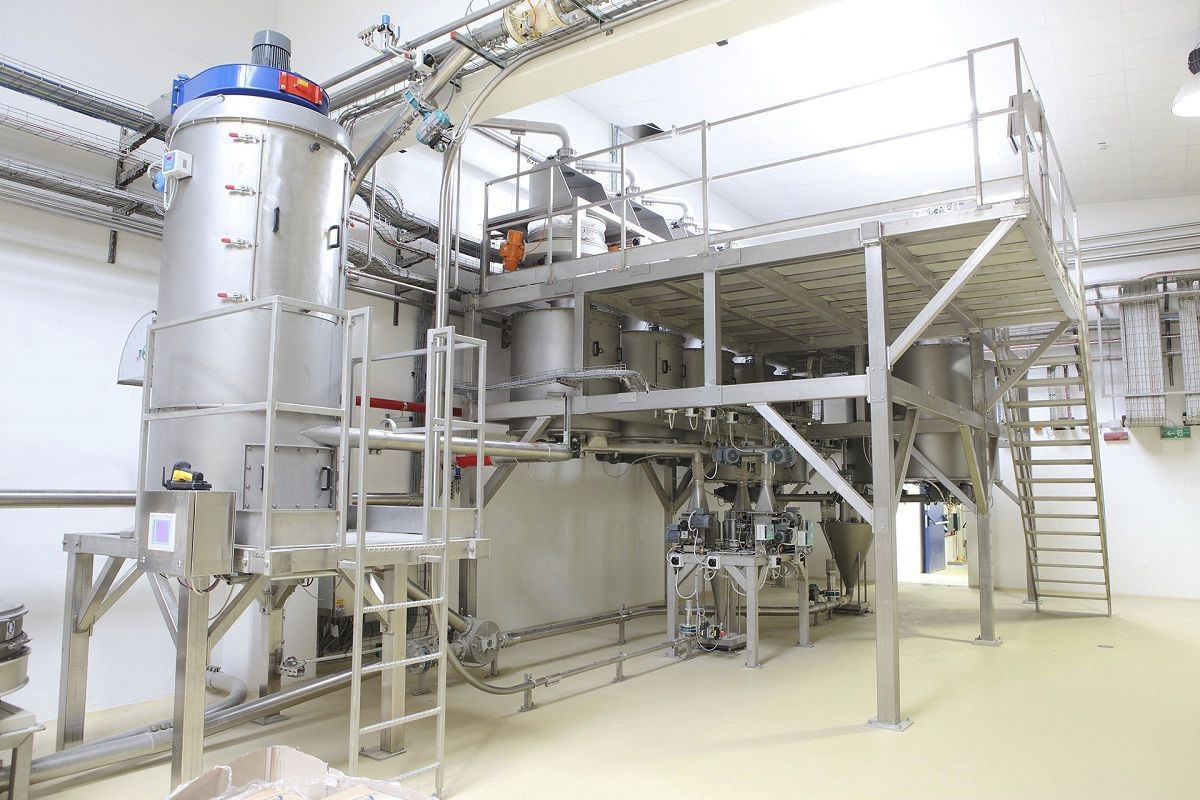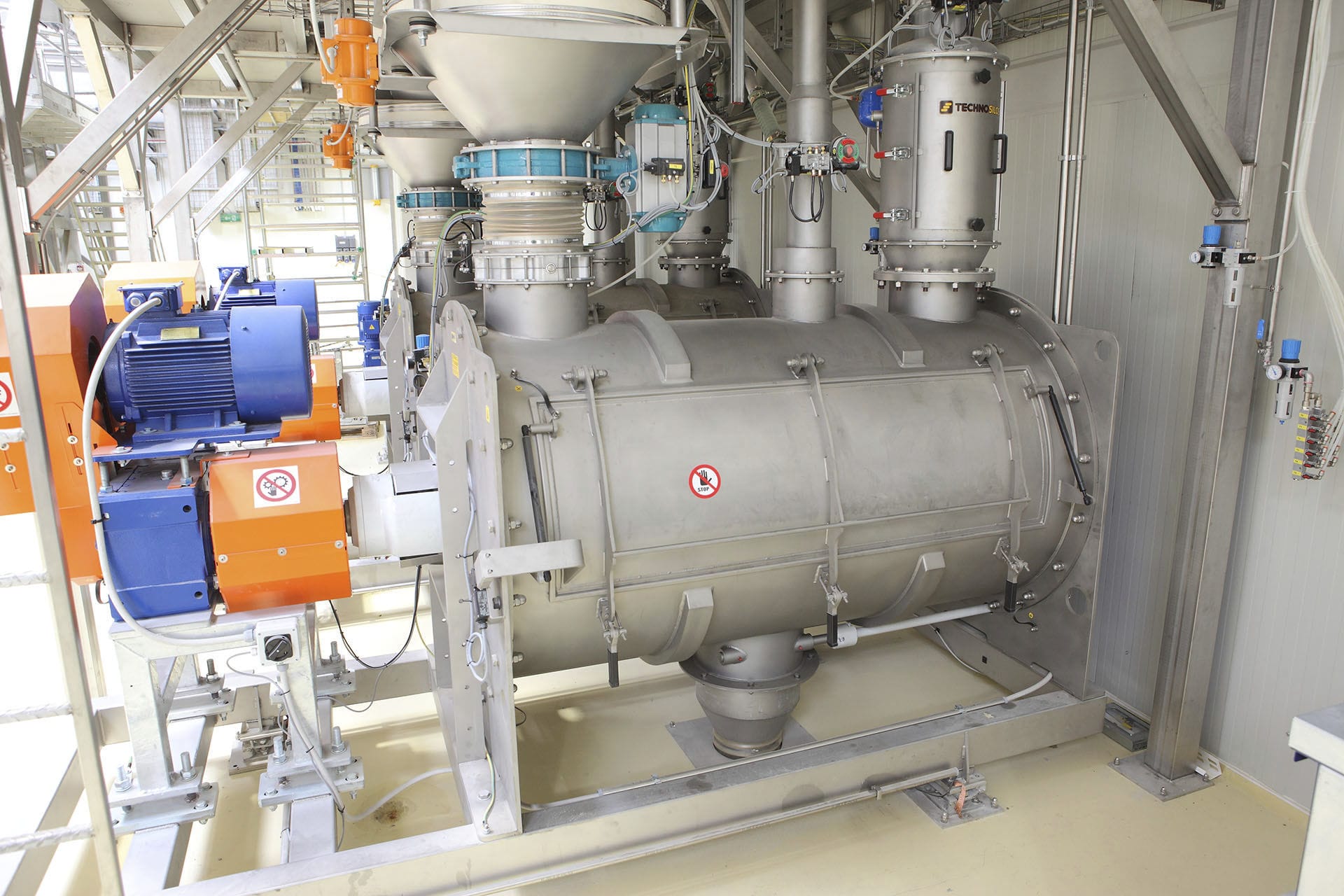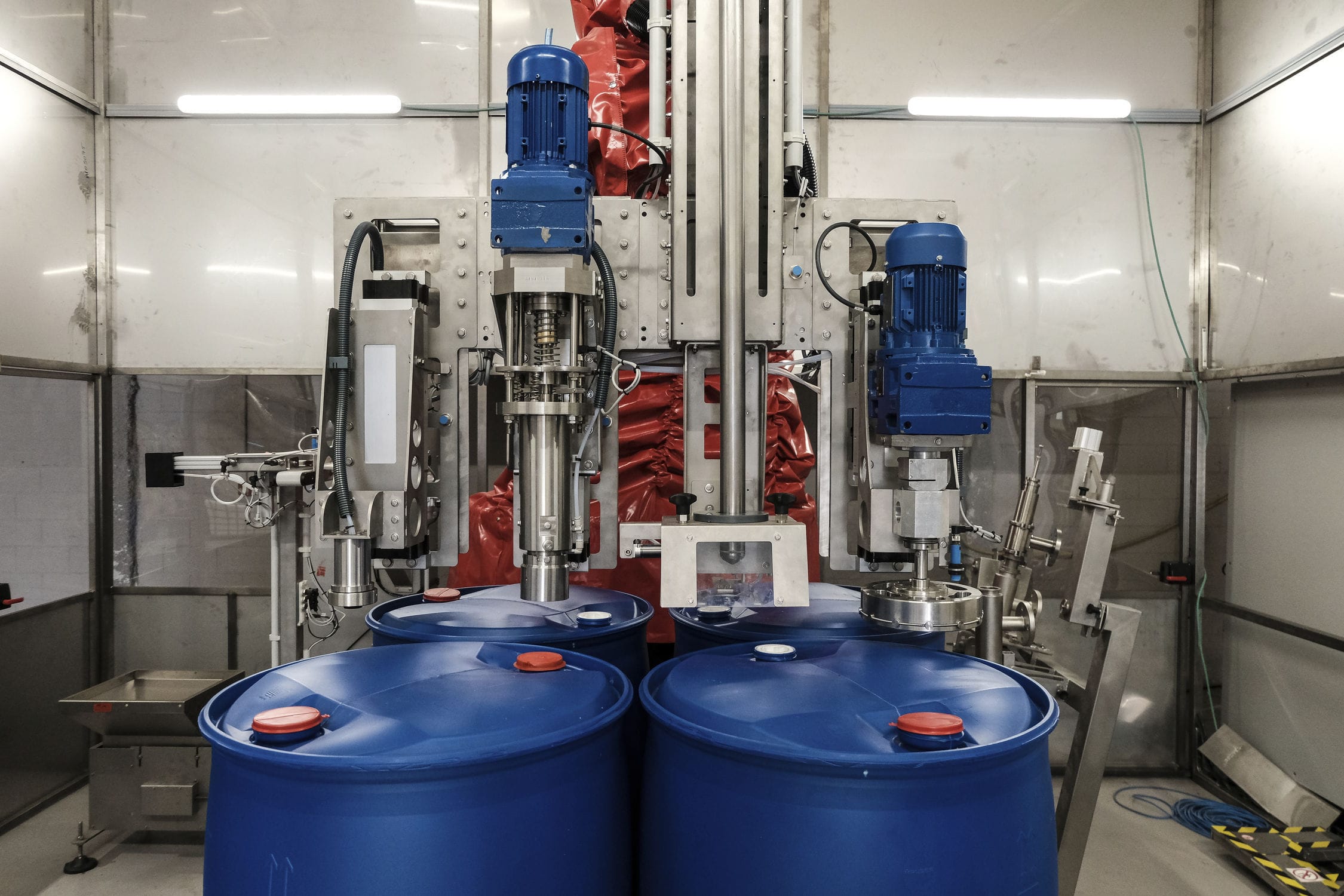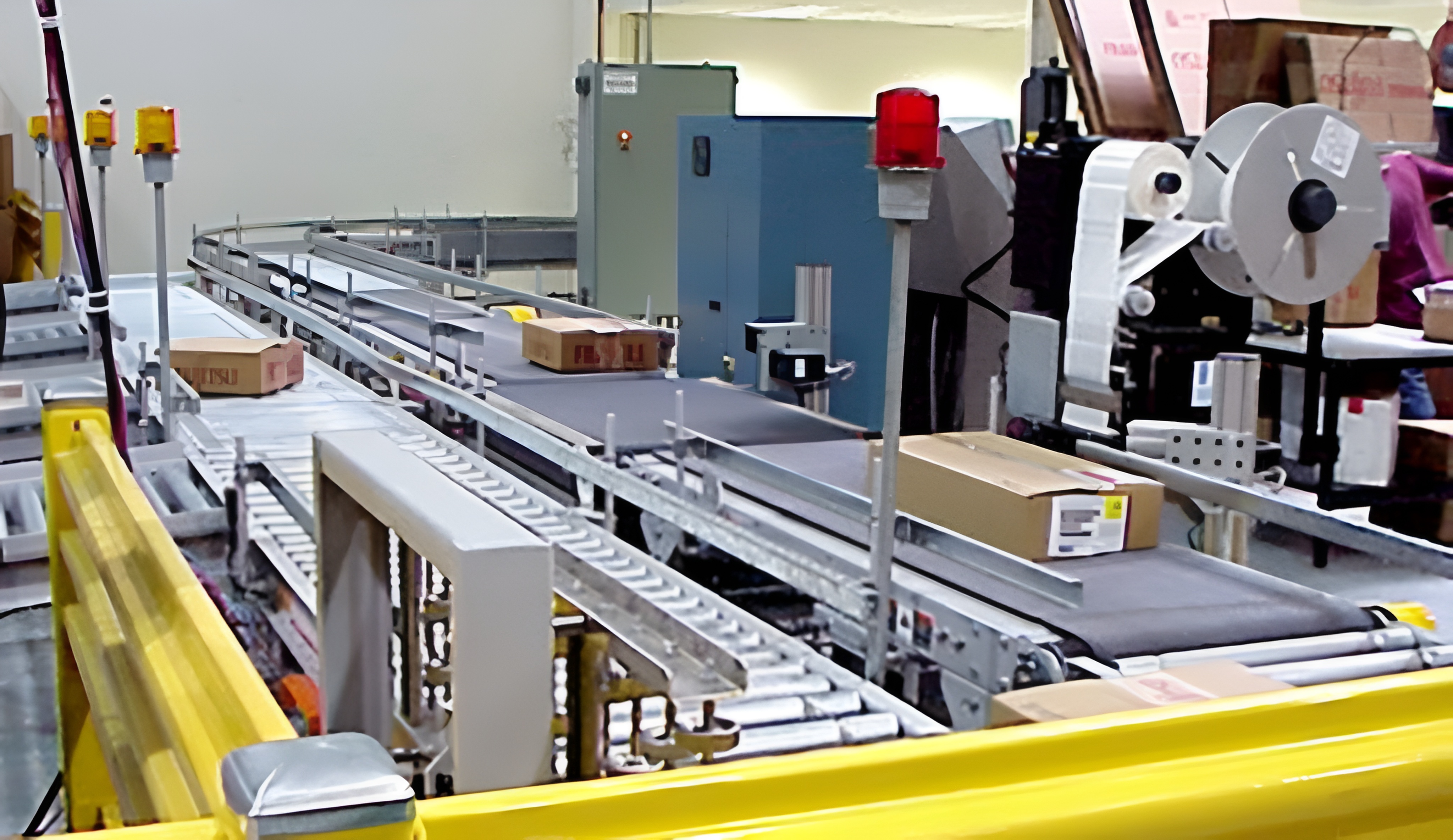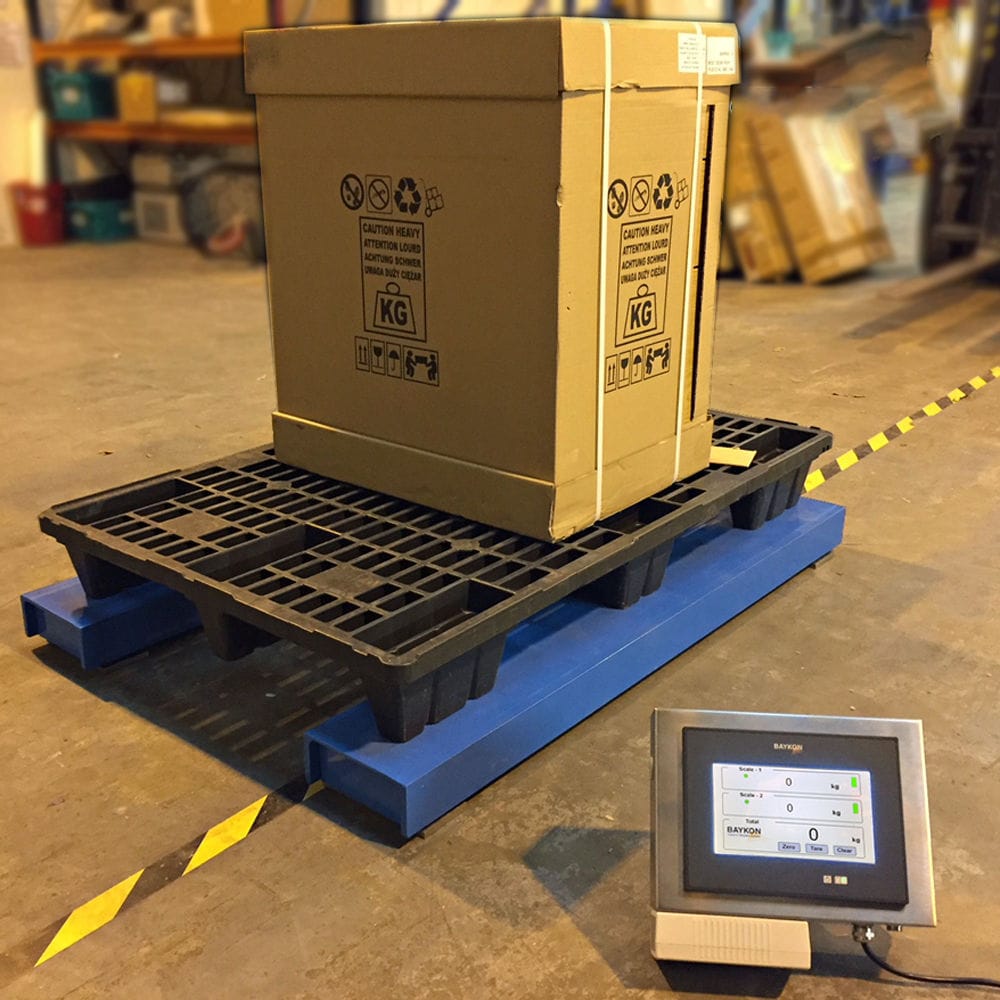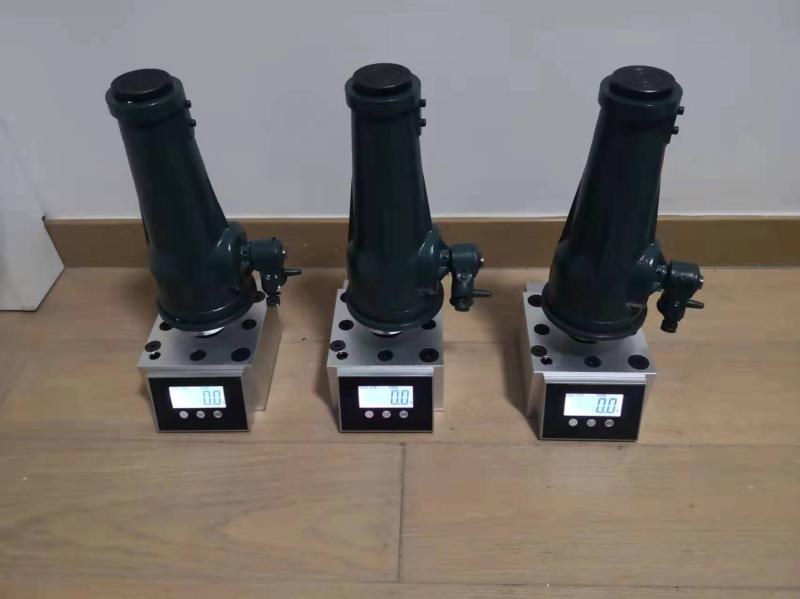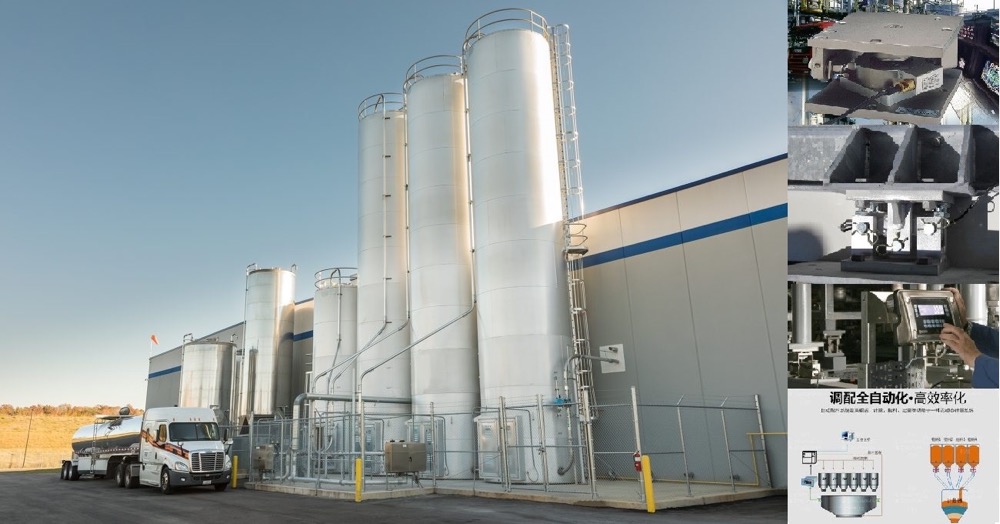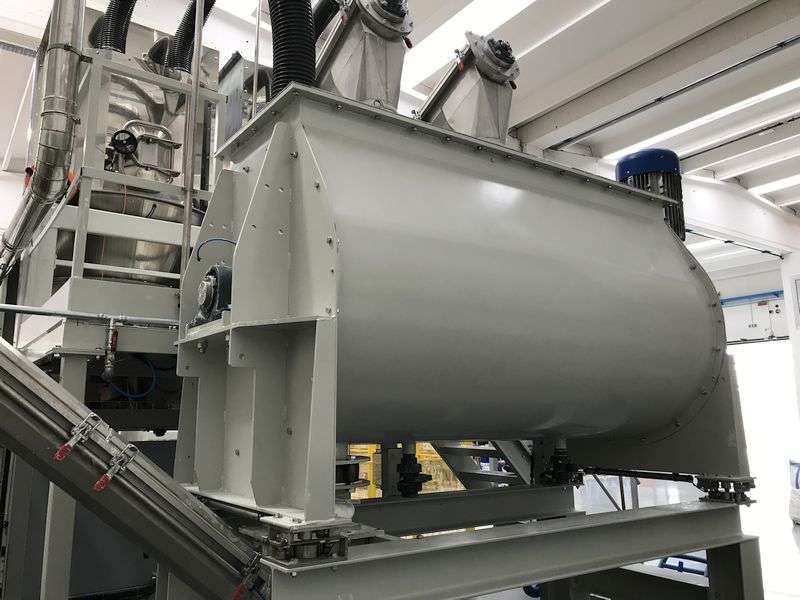

The weighing calibration device adopts the method of online calibration of the hopper scale by using the hydraulic jack calibration device. The hydraulic calibration device consists of a set (including 3-4 top heads) of hydraulic jack device, a set (including 3-4 pressure heads) of weighing module and a weighing display.
 020-34563445
020-34563445The weighing calibration device adopts the method of online calibration of the hopper scale by using the hydraulic jack calibration device. The hydraulic calibration device consists of a set (including 3-4 top heads) of hydraulic jack device, a set (including 3-4 pressure heads) of weighing module and a weighing display.
A small platform capable of placing a weighing calibrator and a hydraulic jack is welded above the vertical axis frame of the weighing module of the hopper scale. The lower part of the platform support is directly welded to the weighing frame of the hopper scale weighing module. Three (or four) weighing sensors are connected to the display. The upper part of the jack gently touches the upper part of the platform support, and the display shows zero.
The hydraulic jack pressurizing device simultaneously applies pressure to three (or four) sides. The load is evenly applied to the pressure weighing sensor and also to the scale body. The load value read from the display of the hydraulic calibration device of the weighing force gauge is used as the effective load value applied to the body. The load cell of the hopper scale converts the load force it bears into an electrical signal output in a certain proportional relationship, which is displayed on the weighing display. In this way, it is very easy to calculate the weight value corresponding to the weight sensed by the load cell when using standard weights, and the mass value of the standard weight corresponding to the force value sensed by the load cell when using a hydraulic calibration device. The accuracy of the calibration results of the two calibration methods is consistent.








